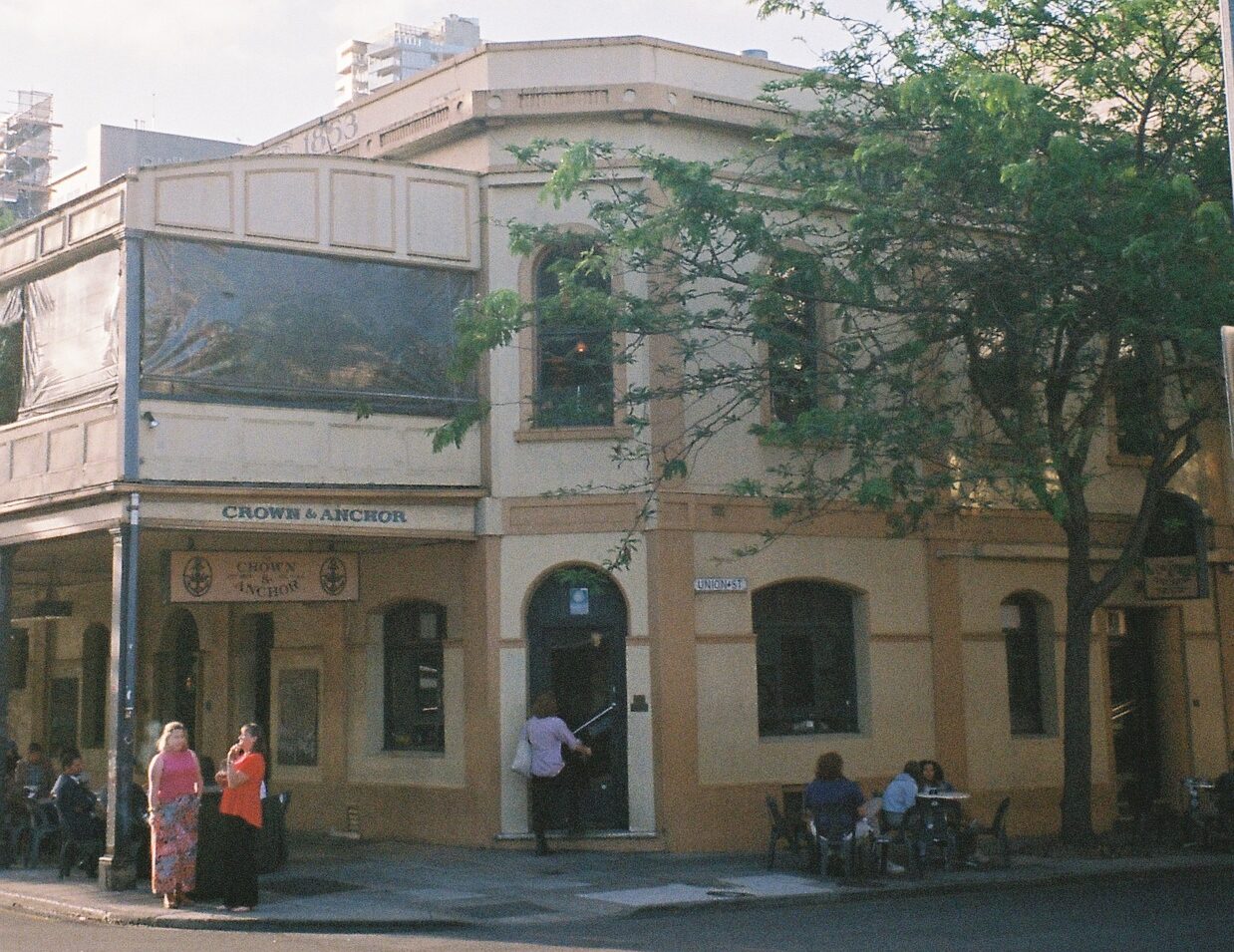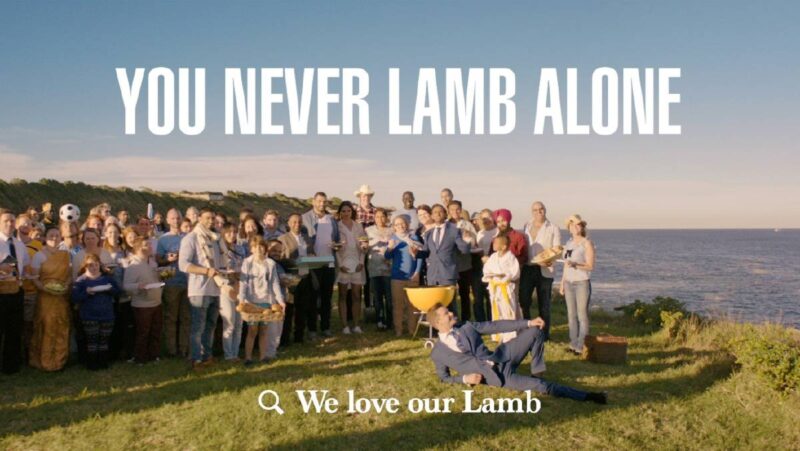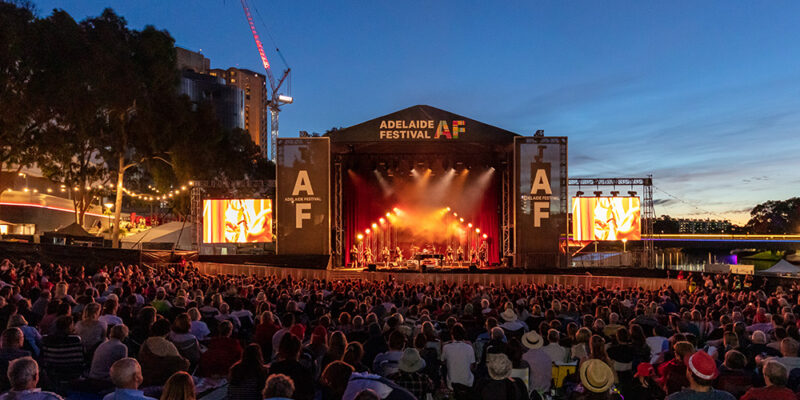When city development takes on culture
There is a battle currently waging in the east end of Adelaide over the future of an iconic cultural landmark – the Cranker (Crown and Anchor).
It’s a David vs Goliath type situation with the Adelaide music venue currently facing the threat of redevelopment into a student housing block. Despite the recent spate of venue closures in South Australia (and around the country), the issue here isn’t the Cranker’s profitability, with one of the organisers behind the “Save the Cranker” campaign, Patrick Maher, telling CityMag, “It’s really hard to believe that the most – I can comfortably say the most successful, the most competent local live music venue in the state – can be lost to a development campaign instead of a sort of a financial issue.”
If you are late the game on this one (or living under a rock) last month, Singapore-based Wee Hur Holdings lodged a development application with council to build multi-level student housing – including the “partial demolition and adaptive reuse” of the heritage-listed Crown & Anchor.
The proposal would encompass both the Crown & Anchor, as well as neighbouring venues Roxie’s and Chateau Apollo.
As outlined by CityMag the development application will be assesed by The State Commission Assessment Panel (SCAP), who have requested that the Adelaide City Council, Environment Protection Authority and a government architect assist in helping them to make a decision.
What is interesting, and speaks volumes to where we currently place value in infrastructure, is that the council can only comment on the building facade and how the current plans fit within the planning and design code. As pointed out by CitMag, “Currently, there is nothing in the code that emphasises preserving buildings for arts and cultural heritage reasons, so the council’s submission could not address those issues.”
This oversight in the code has been challenged by Greens Heritage and Planning MLC Member Robert Simms has introduced a motion in parliament to protect the Crown & Anchor, while also calling for heritage laws to be strengthened “to reflect the cultural and social value of the pub”.
While the economic benefits of a strong music industry are easy to quantify (pre covid-19 the music and performing arts sector directly contributed $183.4 million in Gross Value Add (GVA) to the local economy and was the highest employing sector within the creative industries), it’s cultural impact is harder to spell out.
A study titled ‘The social and cultural values of live music: Sustaining urban live music ecologies’ and conducted by Arno van der Hoeven and Erik Hitters in 2019 outlines some parameters in which to attempt to quantify cultural impact.
They write, “In our analysis, we found three different dimensions for social value (social capital, public engagement and identity) and three for cultural value (musical creativity, cultural vibrancy and talent development).”
They reference the ephemeral nature of cultural impact through a report by Carter and Muller (2015) that observes:
“Music is an experiential medium and live performance is its most elemental form. Trying to articulate this intuitively understood value, however, quickly reveals complexity as live music informs identity, leaves longstanding memories and helps create meaning across communities and cultures.”
What it boils down to is that progress means different things to different people. More student housing will undoubtedly bring in greater numbers of international and interstate dollars, as well as talent, but you would be a fool to discredit the cultural impact the Cranker has made on our music and arts scene as a space for up and coming bands to cut their teeth, meet and collaborate, and join with music lovers from all walks of life over a pint.
And are we ready as a city to lose that?




